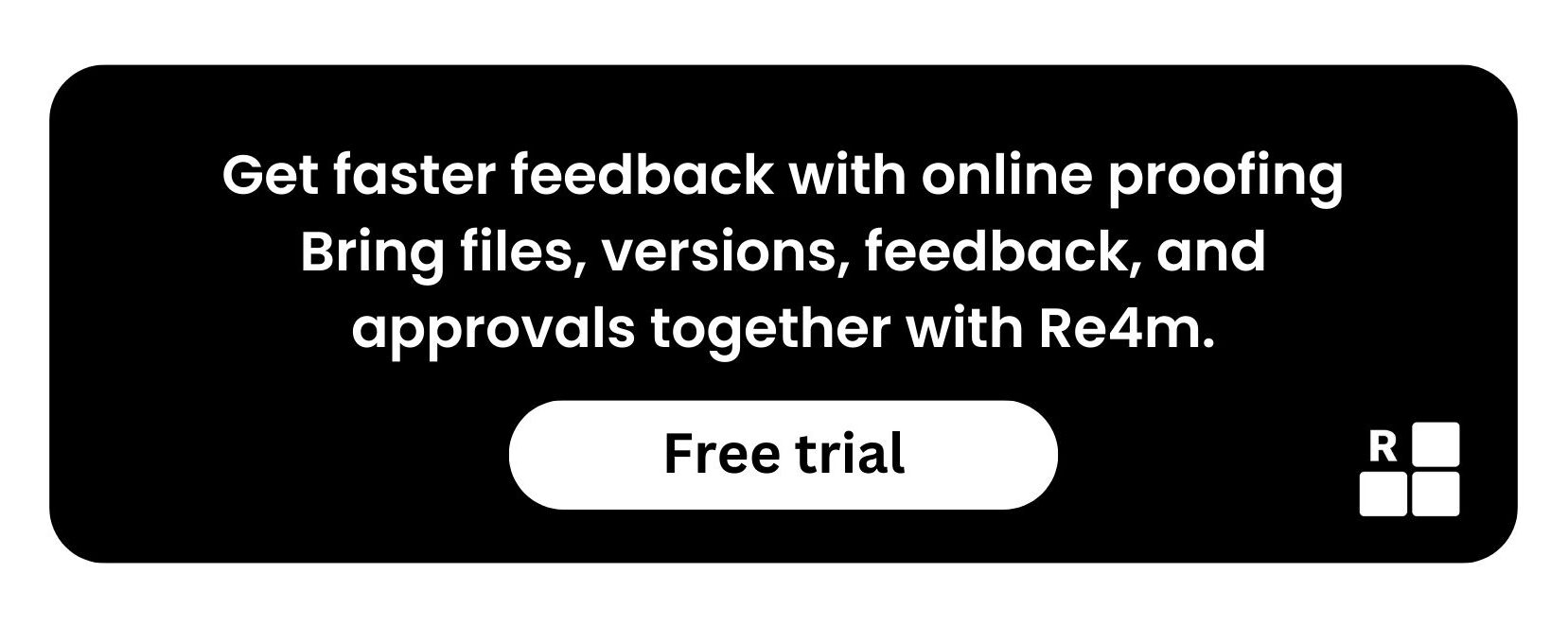In any project, effective stakeholder communication is the cornerstone of success. However, navigating the diverse personalities and perspectives within stakeholder groups can be as challenging as it is essential. Each stakeholder brings their unique character traits, preferences, and expectations to the review process, significantly influencing the project’s trajectory. Understanding these different types of characters and learning how to engage with them is crucial for seamless collaboration and achieving favourable outcomes.
Here are some common characters you might encounter during the review process and strategies to effectively handle them:
1. The Visionary:
These stakeholders are big-picture thinkers, driven by innovative ideas and future possibilities. They often inspire the team but might overlook practical details. Engage them by highlighting the project’s long-term benefits while gently steering discussions towards actionable steps and feasible solutions..
2. The Perfectionist:
Known for their meticulous nature, perfectionists focus on details and precision. While their attention to quality is commendable, they may get stuck on minor issues, causing delays. Acknowledge their concerns and set clear boundaries to ensure progress isn’t hindered by an endless pursuit of perfection.
3. The Skeptic:
These stakeholders are naturally cautious and tend to question every decision or change. Their skepticism can be valuable for identifying potential risks but might also slow down the process. Address their concerns by providing data-driven explanations and involving them in risk mitigation strategies to gain their trust.
4. The Decision-Maker:
Often holding significant authority, decision-makers play a crucial role in final approvals. They may have limited time and prefer concise, high-level updates. Present clear options and recommendations, ensuring that the information provided aligns with their decision-making criteria.
5. The Collaborator:
Collaborators thrive on teamwork and value open communication. They actively participate in discussions, contributing diverse perspectives. Engage them by fostering an inclusive environment and leveraging their willingness to assist in problem-solving.
6. The Absentee:
Some stakeholders may be less engaged or unavailable, making it challenging to gather their input. Follow up with clear communication, providing summaries or recording meetings to keep them informed. Consider alternative methods to involve them, such as asynchronous updates or personalised briefs.
Handling these diverse characters in the review process requires a tailored approach:
- Active Listening: Understand their concerns, motivations, and expectations by actively listening to their viewpoints.
- Adapt Communication Styles: Tailor your communication to resonate with each stakeholder’s preferences and priorities.
- Transparency and Clarity: Provide clear, transparent information to mitigate misunderstandings and build trust.
- Conflict Resolution: Address conflicts or differing opinions constructively, focusing on finding common ground.
- Flexibility: Be open to adjustments and compromise while staying aligned with the project’s goals.
In conclusion, effective stakeholder communication involves recognising and engaging with various characters in the review process. By understanding their traits and employing appropriate strategies, project managers and teams can navigate these interactions more smoothly, fostering collaboration, and ultimately achieving successful project outcomes.
And if you want a better way to visualise your stakeholder groups during the approval process, start a free trial of Re4m. It gives you a project summary report of every approval, comment, and change request, so you have a clear overview of your project status in real time.

